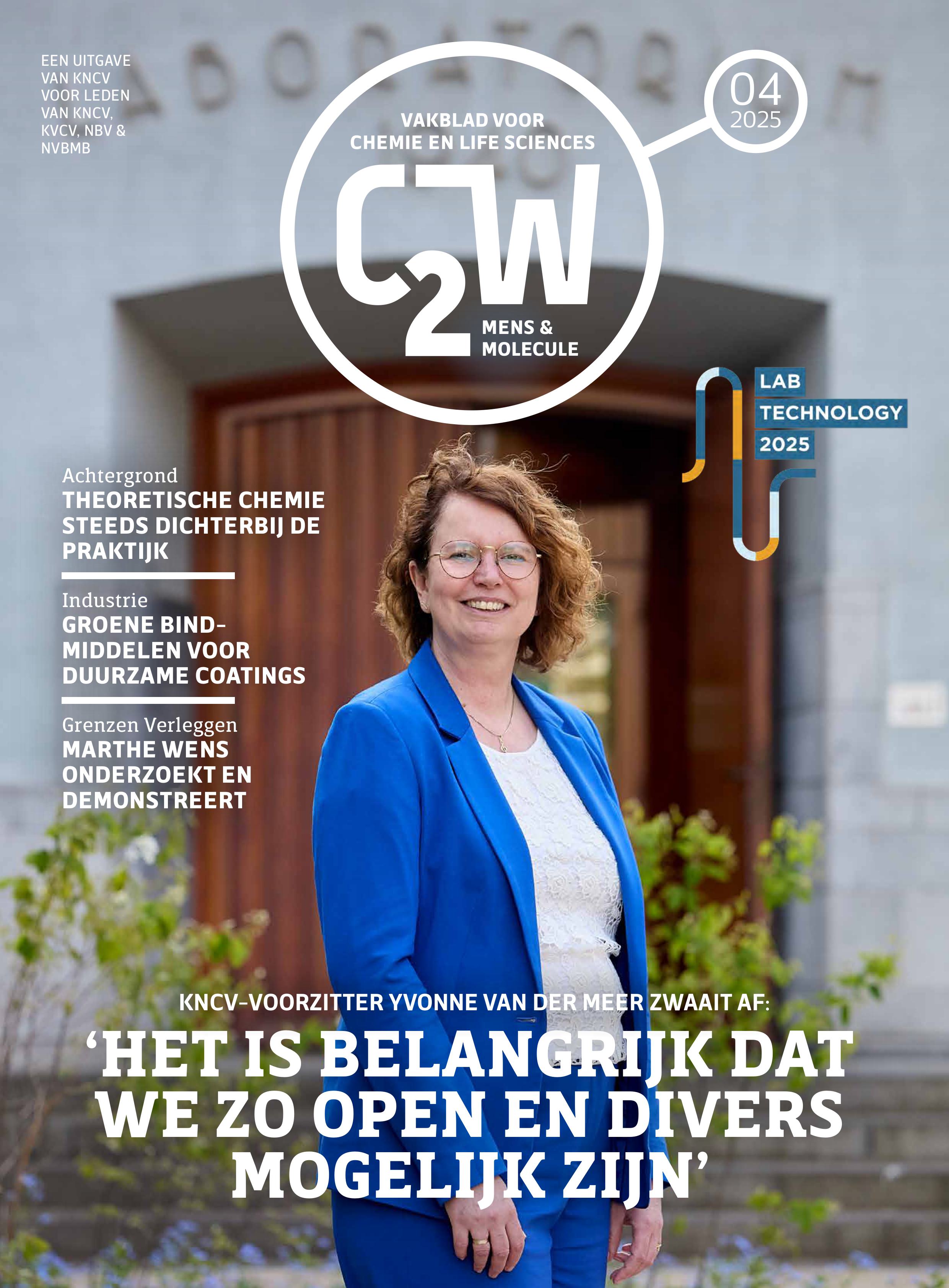Would you like to add an event to this list? Simply register your event using this form.
Employing interfaces to design polyether-based carbon capture membranes

Category
Ph D Defense
Date
2024-12-18 17:00
Venue
KU Leuven, Thermotechnisch Instituut, Aula van de Tweede Hoofdwet, 01.02 - Kasteelpark Arenberg 41
3001 Leuven, België
3001 Leuven, België
Promovendus/a: Daan Van Havere
Promotor(en): Prof. dr. ir. Ivo Vankelecom, Mevrouw Rhea Verbeke
Reducing carbon dioxide (CO₂) emissions originating from burning fossil fuels is imperative in addressing climate change. Next to a transition towards sustainable energy sources and a more efficient use of energy, post-combustion carbon capture and storage presents itself as a promising method to achieve these emission reductions. In post-combustion carbon capture and storage, CO₂ is directly removed from exhaust gases from high-emission sources (e.g., powerplants) and subsequently stored or used. One of the major challenges associated with this process lies in separating CO₂ from the other exhaust gases (mostly nitrogen) in a cost-effective way. Membrane gas separation has emerged as one of the leading technologies for this separation, relying on the ability of the membrane to allow CO₂ to pass through it while blocking passage of other gases. However, because of the large volume of the exhaust gas streams and their low CO2 concentrations, development of membranes with high CO2 transport rates (permeance) and a moderately high ability to distinguish between CO2 and other gasses (selectivity) is needed.Developing membranes with these performance characteristics entails both optimizing the materials used to form the membranes, as well as minimizing the membrane thickness. A particularly interesting polymer material for post-combustion carbon capture membrane development is crosslinked poly(ethylene oxide) (XLPEO), as it has both a high CO₂/N2 selectivity and a high intrinsic CO2 transport rate (permeability) due to its “CO₂-philic” ether functional groups and high polymer chain flexibility. However, XLPEO’s crosslinked structure makes it difficult to dissolve, which complicates the process of forming it into thin membrane films. The recently invented interfacial initiation of polymerization (IIP) method, developed for the synthesis of liquid filtration membranes, offers a potential solution to this processability challenge, as IIP results in the formation of a thin intrinsically crosslinked polymer on the interface of two immiscible liquids. During IIP epoxide monomers are polymerized by forming ether bonds, resulting in a poly(epoxyether) polymer with a similar structure to XLPEO, thus making it an interesting material for CO2 capture membranes. Therefore, this dissertation had the twofold goal of: (1) proving IIP can be used to prepare thin PEE membranes for gas separation (carbon capture) applications and (2) developing a synthesis-structure-gas separation performance relationships for these PEE membranes.
Firstly, successfully prepared thin-film PEE membranes made from poly(ethylene oxide) containing epoxide monomers proved that the IIP method could be used to produce gas separation membranes. Variation of the preparation conditions allowed tuning of the PEE membrane chemical structure and resulted in multiple membranes with a high CO2/N2 selectivity, but also a limited CO2 permeance, originating from pore impregnation. The pore impregnation issue was addressed by changing the epoxide monomer to the hydrophobic and bulky G-POSS, resulting in thin film membranes with a three to six times higher permeance. However, although pore impregnation issues were reduced, they could not be completely averted. Additional in-depth analysis of the G-POSS membranes revealed that increased incorporation of the amine initiator in the PEE structure, reduced the overall gas permeance, enhanced size selectivity, and boosted CO2 permeance in humid conditions, emphasizing its role in controlling gas separation properties of the membrane. The development of a synthesis procedure for self-standing (dense) PEE membranes allowed further investigation of the importance of initiator incorporation on membrane gas separation performances, as for these membranes the PEE permeability could be directly measured and the membrane initiator content could be directly controlled through adjusting the epoxide-amine ratio. Self-standing membranes prepared from the monomer EO-G-POSS revealed higher initiator incorporation resulted in membranes with an unusually high CO2 affinity at lower pressure and a decreased CO2 permeability, whilst changes in initiator incorporation left CO2/N2 selectivity largely unaffected. Importantly, these self-standing membranes proved that the intrinsic gas separation properties of PEE membranes are promising. To conclude, a new preparation strategy for thin film supported liquid gas separation membranes, referred to as interfacial transport (IT), was developed, inspired by the aforementioned pore impregnation issues. The IT method relies on the transfer of a selective compounds across a liquid-liquid interface to form a supported liquid membrane and allowed for a fast and material-efficient preparation of SLM with promising pressure stability.
All Dates
- 2024-12-18 17:00
Powered by iCagenda

